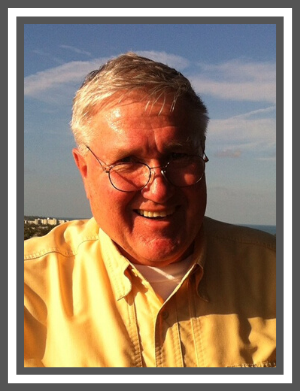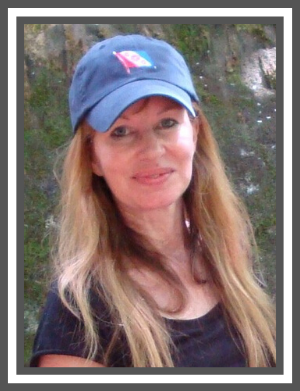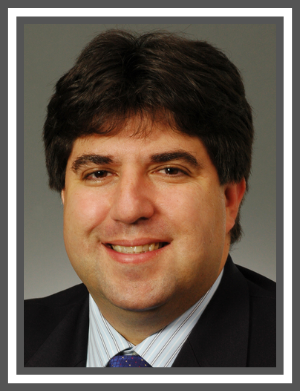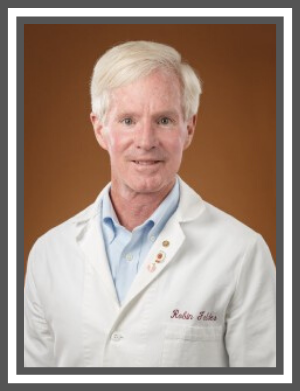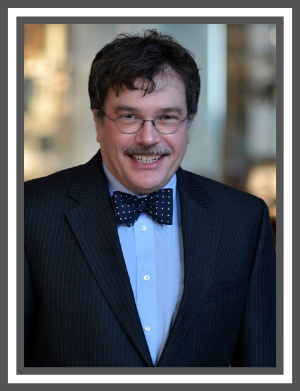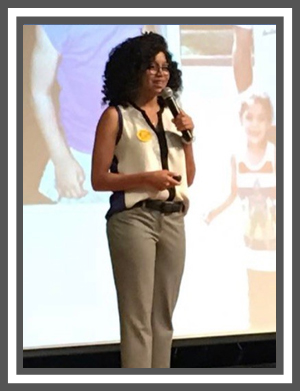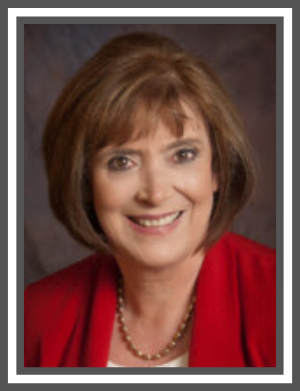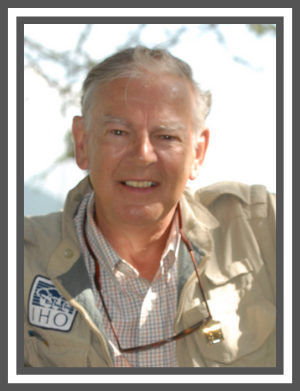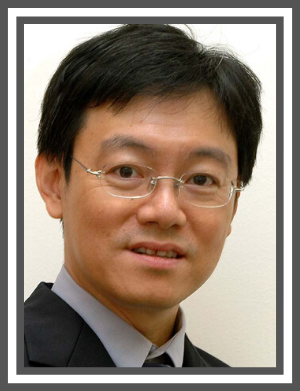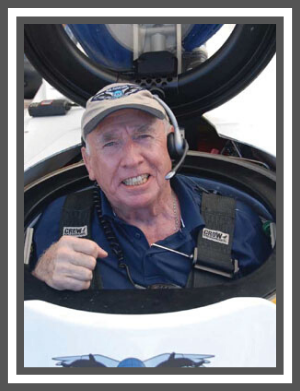Chairman and CEO: Soho Properties, One Thousand Stories, SoilSummit.org
Sharif El-Gamal is a New York City real estate developer. He is the founder & CEO of Soho Properties, a Manhattan-based real estate and investment firm and founder of 1000Stories a regenerative agricultural based developer in rural and urban core markets. With over 20 years of experience in New York City real estate, Sharif has a broad array of expertise in real estate investment and has been involved in the acquisition and disposition of over two million square feet of space including the development of hotel, multi-family, office, retail, and residential projects. Sharif founded Soho Properties in 2003 with the intention to invest and develop residential and commercial real estate projects and has made an impressive mark on the New York City skyline. Sharif is responsible for overseeing the complete operations of the company, including identification, evaluation, and execution of projects and investments. He also spearheads strategy on all ongoing asset management and disposition of investments. Sharif pinpoints and capitalizes on market opportunity, constantly looking for the next prospective project.


